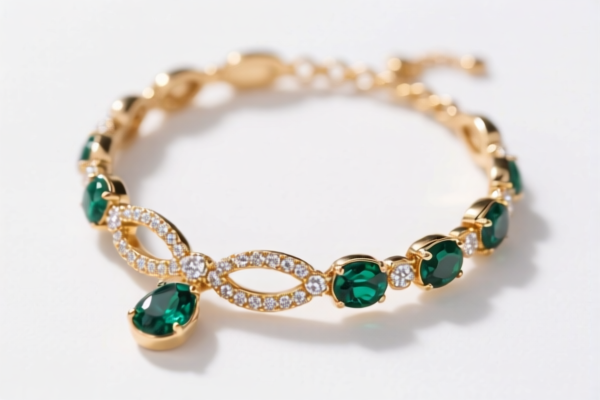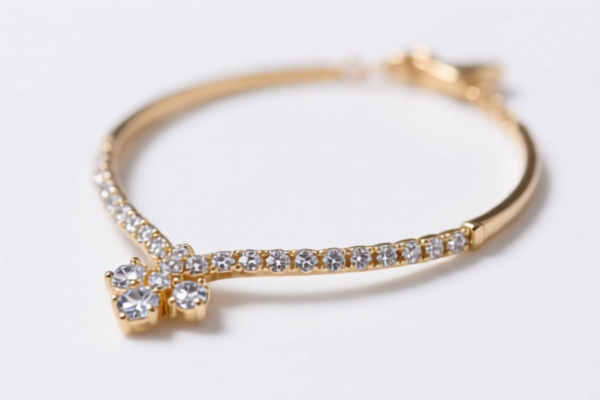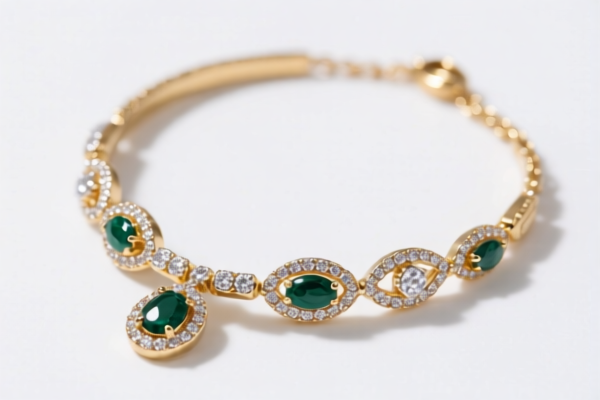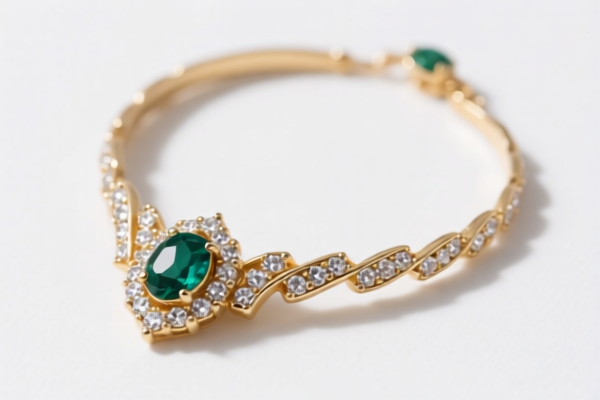| HS Code | Official Doc | Tariff Rate | Origin | Destination | Effective Date |
|---|---|---|---|---|---|
| 8467891000 | Doc | 37.5% | CN | US | 2025-05-12 |
| 7115100000 | Doc | 59.0% | CN | US | 2025-05-12 |
| 8205511500 | Doc | 55.0% | CN | US | 2025-05-12 |
| 8205598000 | Doc | 58.7% | CN | US | 2025-05-12 |
| 8206000000 | Doc | The rate of duty applicable to that article in the set subject t+30.0% | CN | US | 2025-05-12 |
| 8203206060 | Doc | 12¢/doz. + 5.5%+55.0% | CN | US | 2025-05-12 |
| 8203202000 | Doc | 59.0% | CN | US | 2025-05-12 |
| 9114904000 | Doc | 46.3% | CN | US | 2025-05-12 |
| 9114905000 | Doc | 41.7% | CN | US | 2025-05-12 |
| 9111800000 | Doc | 3.6¢ each + 7.6%+37.5% | CN | US | 2025-05-12 |
| 9111907000 | Doc | 43.9% | CN | US | 2025-05-12 |
| 3926904000 | Doc | 32.8% | CN | US | 2025-05-12 |
| 3926903300 | Doc | 36.5% | CN | US | 2025-05-12 |
| 3901909000 | Doc | 61.5% | CN | US | 2025-05-12 |
| 3901905501 | Doc | 61.5% | CN | US | 2025-05-12 |
| 3914002000 | Doc | 55.0% | CN | US | 2025-05-12 |
| 3914006000 | Doc | 58.9% | CN | US | 2025-05-12 |




Jewelry Tools
Jewelry tools encompass a wide range of instruments used by jewelers, lapidaries, and metalsmiths in the creation, repair, and alteration of jewelry. These tools are employed across various stages of the jewelry-making process, from initial design and metal preparation to setting stones and finishing the final piece.
Materials
Jewelry tools are constructed from a variety of materials, chosen for their durability, precision, and specific application:
- Steel: High-carbon steel is common for pliers, cutters, and files due to its strength and ability to hold an edge. Stainless steel is used for tools requiring corrosion resistance.
- Tungsten Carbide: Used for burrs and rotary tools due to its extreme hardness and wear resistance.
- Brass/Bronze: Often used for stakes, mandrels, and forming tools, offering malleability and resistance to deformation.
- Wood: Used for handles, polishing sticks, and shaping tools, providing comfort and control.
- Plastic/Composite: Used for some handles, polishing compounds, and specialized tools.
Purpose & Function
Jewelry tools serve a multitude of purposes, categorized by the stage of jewelry creation:
- Measuring & Marking: Calipers, rulers, dividers, scribes, and center punches are used for precise measurements and layout.
- Metal Cutting & Shaping: Saws (jeweler’s saw, fret saw), shears, snips, files, and hammers are used to cut, shape, and form metal.
- Metal Forming: Mandrels, stakes, forming blocks, and ring benders are used to create curves, tapers, and specific shapes in metal.
- Soldering & Heating: Torches, soldering irons, flux, and solder are used to join metal pieces.
- Polishing & Finishing: Polishing wheels, brushes, compounds, and tumbling machines are used to smooth, brighten, and refine the surface of metal.
- Stone Setting: Setting burs, gravers, prong pushers, and bezel rollers are used to secure stones within jewelry settings.
- Stone Cutting & Polishing: Lapping machines, polishing compounds, and specialized handpieces are used to cut and polish gemstones.
Usage Scenarios
Jewelry tools are used in a variety of settings:
- Bench Work: Most jewelry tools are used at a jeweler’s bench, requiring a stable work surface and good lighting.
- Stone Setting: Requires magnification and precision, often using a microscope.
- Casting: Tools are used to prepare molds, pour metal, and finish cast pieces.
- Repair Work: Tools are used to repair broken jewelry, resize rings, and replace stones.
- Lapidary Work: Specialized tools are used to cut, shape, and polish gemstones.
Common Types
- Pliers: Chain-nose pliers, flat-nose pliers, round-nose pliers, bent-nose pliers – used for gripping, bending, and manipulating metal.
- Cutters: Flush cutters, side cutters, wire cutters – used for cutting metal wire and components.
- Files: Needle files, half-round files, flat files – used for shaping and smoothing metal.
- Saws: Jeweler’s saw (with blades) – used for cutting metal.
- Hammers: Chasing hammer, planishing hammer, raising hammer – used for shaping and texturing metal.
- Torches: Butane torch, propane torch – used for soldering and heating metal.
- Flex Shaft/Rotary Tool: Used with various burrs and attachments for cutting, grinding, and polishing.
- Ring Mandrels: Used for sizing and shaping rings.
- Ring Benders: Used for creating curves and bends in rings.
- Setting Tools: Prong pushers, bezel rollers, burnishers – used for securing stones.
- Polishing Machines: Flex shafts, tumbling machines, polishing wheels – used for smoothing and brightening metal.
- Calipers: Digital or dial calipers used for precise measurement.
Based on the provided information, “jewelry tools” can be classified under several HS codes, depending on the specific type of tool. Here's a breakdown:
-
8467891000: This code covers “Tools for working in the hand, pneumatic, hydraulic or with self-contained electric or nonelectric motor, and parts thereof: Other tools: Other: Suitable for metal working”. This is a broad category and would apply to many hand tools used in jewelry making that involve metal processing (e.g., pliers, cutters, files used for metal). The basic duty is 0.0%, with an additional surcharge of 7.5%. After April 2, 2025, the surcharge increases to 30.0%, resulting in a total tariff of 37.5%.
-
8205511500: This code refers to “Handtools (including glass cutters) not elsewhere specified or included; blow torches and similar self-contained torches; vises, clamps and the like, other than accessories for and parts of machine tools or water-jet cutting machines; anvils; portable forges; hand- or pedal-operated grinding wheels with frameworks; base metal parts thereof: Other handtools (including glass cutters) and parts thereof: Household tools, and parts thereof: Of iron or steel: Carving and butcher steels, with or without handles”. If the jewelry tools are specifically carving or butcher steels made of iron or steel, this code applies. The basic duty is 0.0%, with an additional surcharge of 25.0%. After April 2, 2025, the surcharge increases to 30.0%, resulting in a total tariff of 55.0%.
-
8205598000: This code covers “Handtools (including glass cutters) not elsewhere specified or included; blow torches and similar self-contained torches; vises, clamps and the like, other than accessories for and parts of machine tools or water-jet cutting machines; anvils; portable forges; hand- or pedal-operated grinding wheels with frameworks; base metal parts thereof: Other handtools (including glass cutters) and parts thereof: Other: Other”. This is a general category for other hand tools not specifically classified elsewhere. The basic duty is 3.7%, with an additional surcharge of 25.0%. After April 2, 2025, the surcharge increases to 30.0%, resulting in a total tariff of 58.7%.
-
8203206060: This code refers to “Files, rasps, pliers (including cutting pliers), pincers, tweezers and similar tools, and parts thereof: Other: Other (except parts) Other”. If the jewelry tools consist of files, rasps, pliers, or pincers (excluding parts), this code applies. The basic duty is 12¢/doz. + 5.5%, with an additional surcharge of 25.0%. After April 2, 2025, the surcharge increases to 30.0%, resulting in a total tariff of 12¢/doz. + 5.5%+55.0%.
-
8203202000: This code refers to “Files, rasps, pliers (including cutting pliers), pincers, tweezers and similar tools, and parts thereof: Tweezers”. If the jewelry tools are specifically tweezers, this code applies. The basic duty is 4.0%, with an additional surcharge of 25.0%. After April 2, 2025, the surcharge increases to 30.0%, resulting in a total tariff of 59.0%.
It is important to note that the applicable tariff rate may change after April 2, 2025, due to the increased surcharge.
Customer Reviews
No reviews yet.